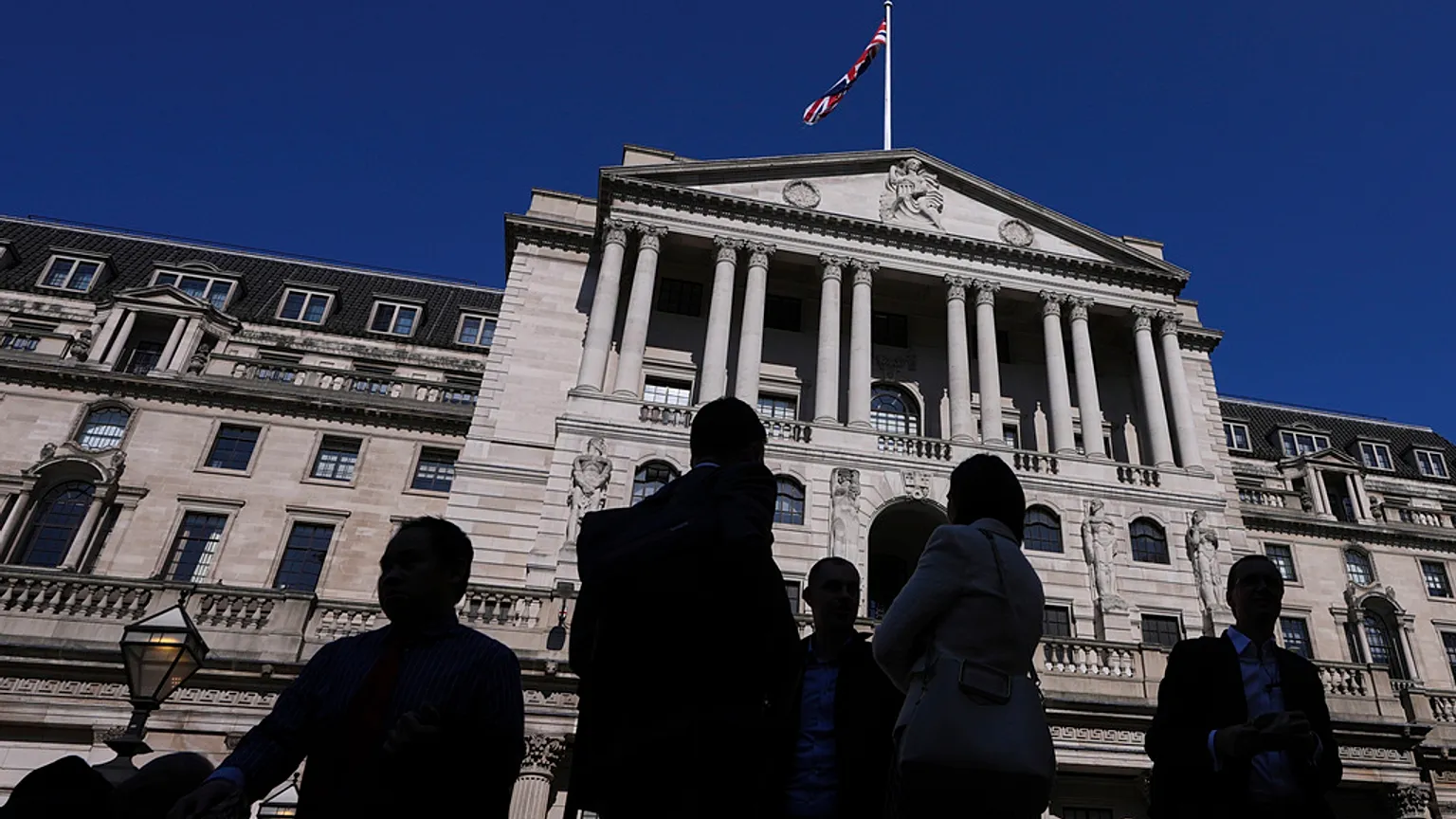Inflation Pressures and Monetary Policy Challenges
The Bank of England has maintained its key interest rate at 4%. The relationship between UK inflation and Bank of England interest rates continues to be a focal point. This signals that while progress has been made in tackling rising prices, the challenge of inflation is far from over. Inflation in the UK remains above the central bank’s 2% target. It is driven by persistent increases in food, energy, and essential goods.
This environment has placed pressure on households as well as businesses that rely heavily on consumer demand. The Monetary Policy Committee continues to weigh the balance between supporting economic growth and ensuring price stability. Experts highlight that the longer inflation remains elevated, the more difficult it becomes to restore confidence in the economy. Sustained high borrowing costs also affect mortgage holders, small business owners, and consumers. This reinforces the complexity of the Bank’s decisions.
UK inflation and Bank of England interest rates have broad implications. For background on the central bank’s inflation target and strategy, readers can review the Bank of England website. It provides detailed insights into monetary policy frameworks and objectives.
The Role of Quantitative Tightening in Debt Management
Beyond interest rates, another major factor shaping the UK’s financial stability is the Bank’s approach to quantitative tightening. During crises such as the 2008 global financial collapse and the COVID-19 pandemic, the Bank accumulated vast amounts of government debt through bond purchases. This reached a peak of £875 billion.
This action was critical to stabilizing markets, but now the institution is gradually reducing its bond holdings to normalize conditions. The pace of these reductions, recently adjusted from £100 billion per year to £70 billion, reflects a cautious effort to limit disruption in the gilt markets. The scale of public debt also has significant implications for fiscal policy. Higher servicing costs restrict government spending flexibility.
Since the implications of UK inflation and Bank of England interest rates are far-reaching, for additional analysis on government borrowing and fiscal sustainability, resources such as the UK Parliament website provide reports on debt management and economic outlook.
Business Sentiment and Consumer Spending Outlook
The UK economy is navigating a period of subdued business confidence. Many companies report that uncertainty surrounding future government budgets and how UK inflation and Bank of England interest rates will evolve has made investment decisions more cautious. Rising labor and food costs continue to filter into consumer services, from restaurants to hospitality. This limits demand in sectors such as tourism and retail.
While headline inflation data shows signs of leveling off, the cost of essentials like dairy products, meats, and beverages remains high. This reinforces household pressures. The Bank’s regional surveys highlight that businesses are adjusting prices carefully, but many anticipate elevated costs throughout the year. For consumers, this means spending may remain constrained until inflation eases significantly.
Analysts note that events, such as cultural festivals and live concerts, are temporarily boosting demand in some areas. However, these are exceptions rather than broad trends. For real-time insights on UK inflation figures, the Office for National Statistics provides updated reports. International perspectives on inflationary pressures can be found through the International Monetary Fund.



